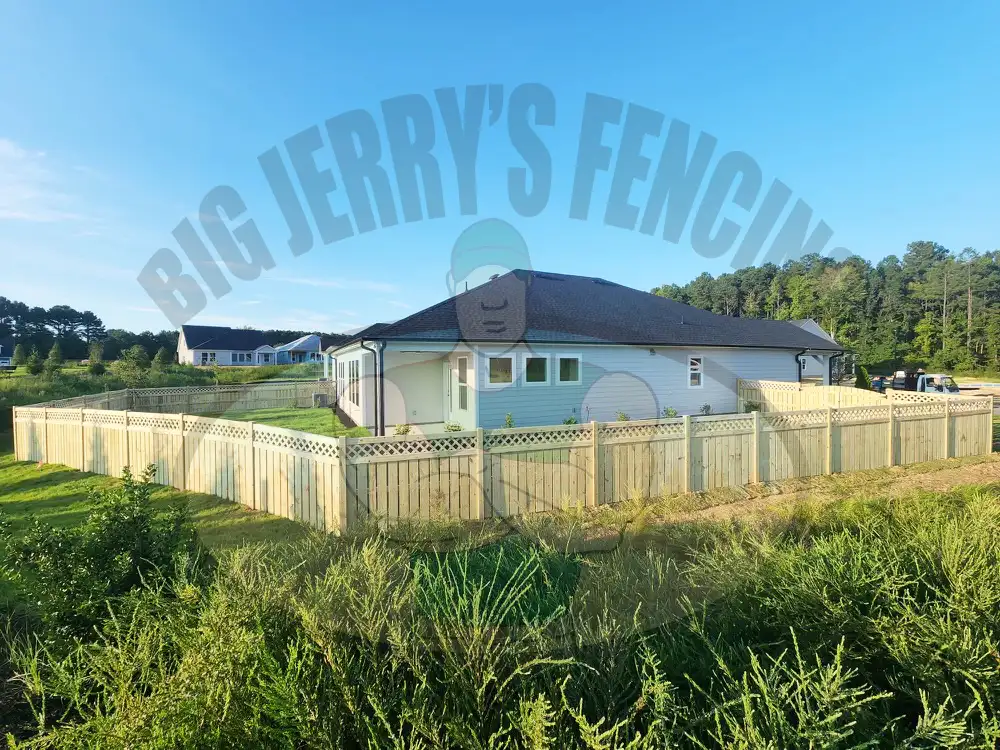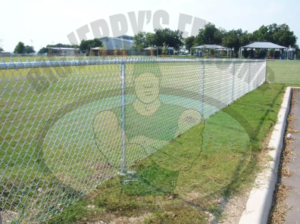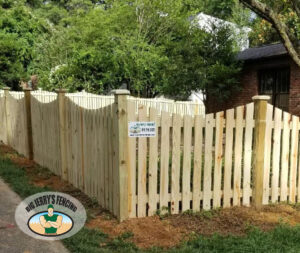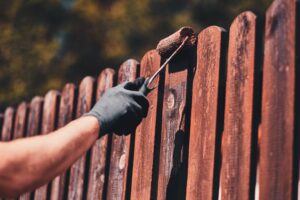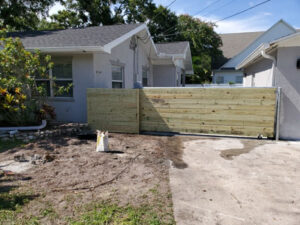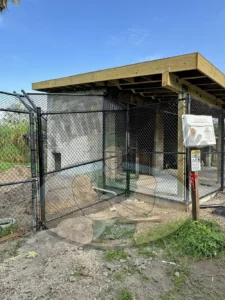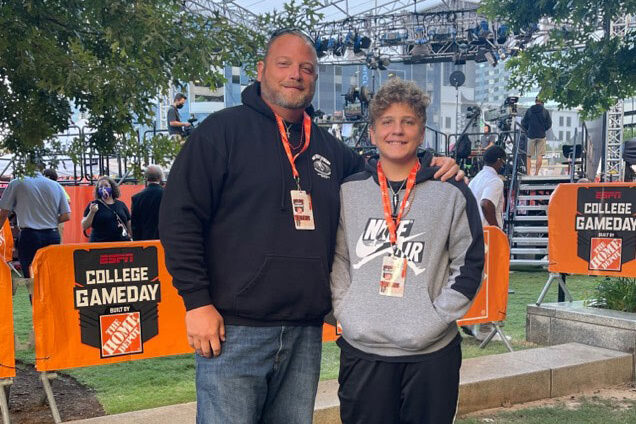As a trusted fencing company, Big Jerry’s Fencing understands the importance of protecting your investment. Here is how one can reinforce his or her fence and minimize further damage over a hurricane.
Inspect Your Fence Regularly
Before the storm hits, take some time to walk along your fence, peering at both the spots around the posts and the junction of the panels for weaknesses.
- Loose or Wobbly Posts: Loose posts are simply accidents waiting to happen. If they do wobble, then just dig around the base and support them with fresh concrete. This will give the fence added strength.
- Rotten or Damaged Areas: There may be portions of the wooden fences that may have rotten over time. These form the weak spots that will easily break with high winds. Replace the rotten parts for durability.
Trim Trees and Remove Large Objects
Large trees or objects near your fence can be dangerous during a storm.
- Trimming Branches: Cut back any overhanging tree branches that could snap and fall onto your fence. This will prevent the weight of fallen debris from damaging your structure.
- Securing Yard Items: Large objects, such as lawn furniture, grills, and children’s toys should be removed or tied down. High winds will pick up all this stuff and slam it into your fence- probably causing significant damage.
Strengthen Fence Posts
With anything about any fence, the most important is the posts.
- Concrete Reinforcement: Let the wood or vinyl fence posts be buried into concrete at least two feet deep. The deeper your fence posts are, the greater the resistance of your fencing system would have to high power winds.
- Metal Post Installation: If you are installing a new fence, consider using steel posts, which provide better resistance against high winds.
Install Wind-Resistant Fencing
Certain types of fences are really more susceptible to strong wind than others. Those living in hurricane regions should invest in wind-resistance fencing.
- Material Choices: Metal fences, notably aluminum and steel, can resist wind far better than either wood or vinyl. Although wood may have a certain natural attractiveness, metal fencing is clearly engineered to outlast other materials under harsh weather conditions.
Bracing for Extra Support
If you anticipate strong winds, consider bracing your fence temporarily for additional security.
- Angled Braces: Place angled braces on either side of your fence so that it will be more secured when a windstorm occurs. It will keep your fence from swaying or falling when strong winds start to blow.








